Compared to many nations, Australia has weathered the COVID-19 outbreak relatively well. While others still languish in lockdown, most of us have returned to something approaching normal life (snap restrictions to stamp on localised outbreaks excepted).
Of course, we’re not out of the woods yet, but our situation puts us in the rare position of being able to look back on the pandemic from farther down the track than most others. That, in turn, makes this a good time to assess what’s changed in the retail sector.
It’s clear that the months of lockdown beginning in March 2020 had an immediate effect, turning retail strips, high streets, and central business districts into ghost towns. Understandably, this raised valid concerns. Would the need for social distancing – a consideration that could well extend into the foreseeable future – require dramatic changes to the way physical retail functioned? Would the way retail landlords allocate space need to change? And would the design of new developments be influenced by the need to cover pandemic-protection considerations?
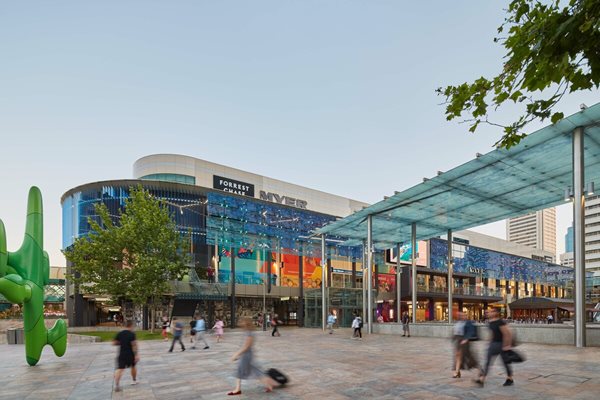
Acceleration, not innovation
Changes that occurred as an instant result of lockdown were dramatic but, with the benefit of hindsight, we can see that many were already on the way, even before the pandemic.
It’s no surprise that online shopping spiked because of people being unable to leave the house: by November 2020, Australia Post had tracked e-commerce as being up 55.6% year-on-year, with more than 5.5 million households buying online that month (up 28.2%).
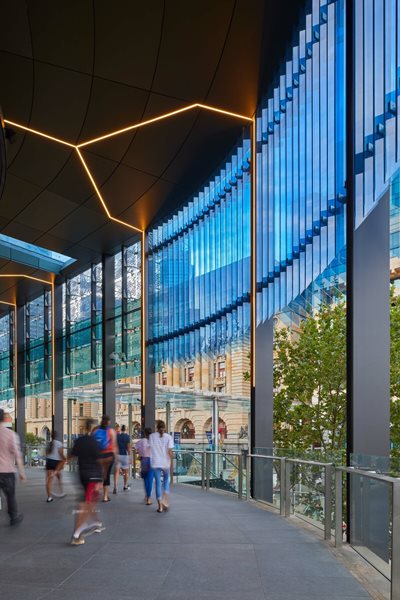
Retail landlords, meanwhile, were already coming to terms with changes brought on by reduced consumer footfall. Many were already considering strategies to repurpose unused retail space, whether it be accommodating co-working areas, focusing on smaller stores and increased showroom space, or skewing towards placement of more robust elements in mixed-use projects – not just offices and residences but essentials such as healthcare. With COVID-19 reducing shoppers across the board, such considerations became more important on a grander scale.
But none of these were particularly new ideas. The arrival of the coronavirus simply accelerated their uptake, driving consumers and landlords alike to adopt practices they may not have been sold on previously.
Evolve or perish
While essential businesses survived lockdown relatively unscathed, those deemed luxuries by comparison were forced to change up or go under. Restaurants, for example, no longer able to cater to sit-down diners, switched to providing ready-to-eat meals for home delivery, offering groceries and even, at the height of panic buying, selling toilet rolls.
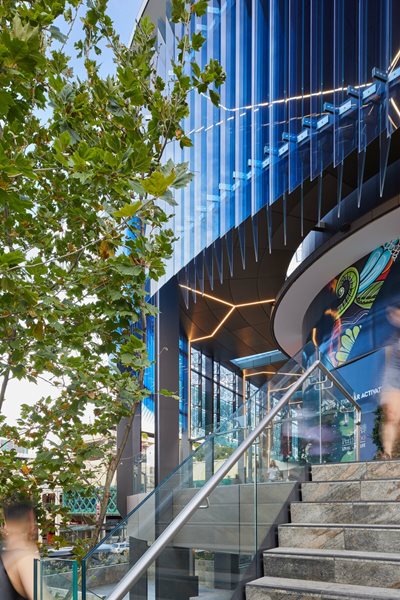
Flexibility became the key to survival, and even now that much of Australia can return to its old shopping practices, adaptation needs to continue. It is true one of the greater fears of lockdown has not been realised: that once things had calmed down, it would still be a struggle to attract shoppers back to centres. In the event, physical stores appear to have had little difficulty winning back business – visit a shopping centre in Western Australia, for example, and you’ll find as great a press of people as there was before 2020. Concerns about the need to adapt floorplans and wider designs to handle social distancing appear to have been inconsequential.
Nonetheless, Australian retail must continue to embrace the continued growth of online sales and the ongoing behavioural changes in physical shopping. After all, when you can buy on the internet, shopping must become less about what you can buy and more on the experience of buying it.
The pre-pandemic shift in focus towards showrooming – where the store becomes less a stockroom for goods and more an opportunity to interact with products – gains extra weight here. Whether you call it sensory engagement or try-before-you-buy, the ethos is the same: you can’t interact with products physically when you shop on the web. It’s a key point that bricks-and-mortar retail is growing to leverage to maintain relevance in addition to experience. Multi-distribution and intelligent fulfilment will aid to keep physical retail competitive and co-existing with e-commerce.
Different kinds of business will obviously need different approaches, but let’s take fashion as an example. There’s no doubt fashion retail suffered during lockdown, when people stuck at home had much less need to look good (Zoom meetings notwithstanding). Now, with most of Australia able to move freely and be seen by others again, personal appearance is more of a priority.
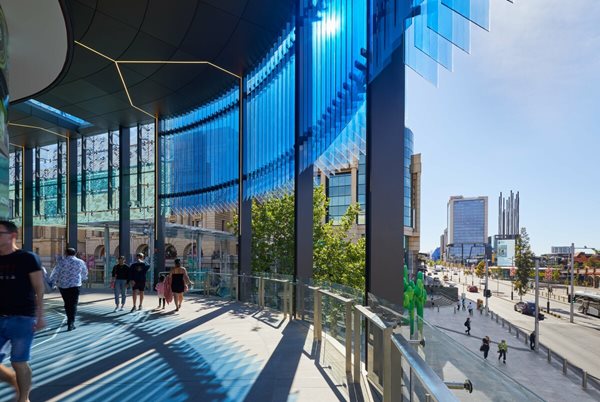
With the shift to online sales undeniable, fashion retail’s strength – and a powerful argument as to why online sales will never entirely supersede it – is the ability to provide personalised customer care, to create an immersive brand environment in which to enjoy the product in a tactile manner. Certainly, it’s always good to be able to try on clothes to ensure a good fit, but that’s just the start. Limited edition or custom styles available only in store would appeal to those who value standing out from the crowd, while live-streaming events such as product launches would cater to the budding social media influencer. Both these ideas steer away from the old-fashioned modes of clothes shopping and concentrate instead on elevating the level of in-store experience. It’s this kind of innovation – tailored to specific stores – that will ensure traditional storefronts continue to thrive.
Community chest
Prior to the pandemic, retail was subject to a ‘grab and go’ culture: speed of acquisition and breadth of range were crucial. Lockdown made us slow down. When travel restrictions and work-from-home forced us to remain in our respective neighbourhoods, we were cut off from our retail destinations of choice. No more driving to the mall to hit a dozen shops and then race home.
As a result, shoppers gained a new appreciation of local businesses – where before the High Street suffered at the hands of large-scale shopping centres, now it was the best and only option. Forced to seek convenient places to source essentials near home, it was as if we’d noticed these places for the first time. Smaller (and so less populated in times of social distancing), and with a distinct personality big centres don’t have, they were ideal for the purpose.
Frequenting local shops-built connection to the community, not just because we would be spending time with friends and neighbours rather than in a crowd of strangers, but also because of the eclectic mix available. Large retail centres have a certain homogeneity, but it’s rare to find two high streets with the same offering. With no sole ownership to control the tenancy mix or future strategy, these smaller shopping options are special, and in many cases, we have grown to love them anew.
As Australian COVID regulations ease, however, there is a concern this love of the local will snap back. If people are free to return to their mall of choice, why wouldn’t they? How, then, can the High Street remain relevant?
Again, the answer is in the experience, an area where local retail can compete in ways large-scale and online shopping cannot.
The greater levels of customer care that can help large-scale shops to survive are already common to most smaller concerns. With smaller numbers comes greater attention from staff, and opportunities for social interaction that can’t be found in bigger chains. For example, during periods of restricted customer numbers, some shopkeepers were able to translate the centre of transactions from the back of the shop to the storefront window. As a result, the façade became a place for passers-by to stop in the street and socialise.
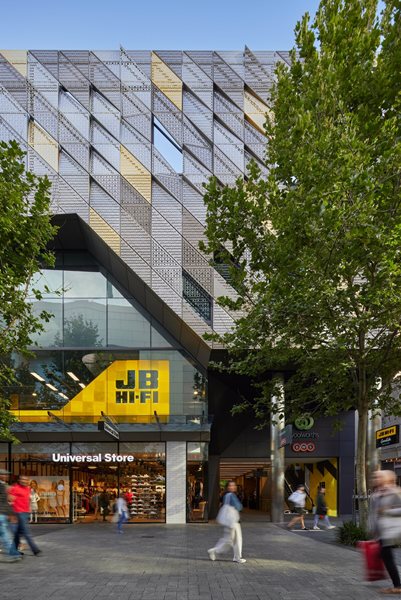
And that socialisation is vital: people need to congregate; they need to have fun. Even with many social distancing rules relaxed, there are still limitations on big events – whether its sport, music or theatre, large gatherings are still cancelled. To fill the void, we must turn to smaller offerings, and in many cases the High Street is the perfect venue. Street fairs, pop-up markets and even food trucks service a need to be social, while at the same time fostering that newly minted feel of community and generating footfall.
If there’s a lesson local business can learn from the bigger all-under-one-roof retail offerings, it’s the value of amenity. Just as district and regional centres have improved, so must the locals – consider the large-format retail that supports convenient parking, ease of access and extended hours of operation. Replicating that would reap dividends on the smaller scale.
The best of both worlds
So, with the greater part of Australia’s COVID crisis now manageable, the suggestion is that the retail landscape could benefit from blending the convenience and community spirit of our newly rediscovered local centres with the advantages of large-scale offerings. And with bricks-and-mortar retail offering greater amenity and experiential shopping, there’s every reason to expect that it can thrive post-pandemic. Indeed, by encouraging a symbiosis of physical and online commerce, the future will be a place both can exist in harmony.
Image: Supplied
Harold Perks is a Director of Hames Sharley

